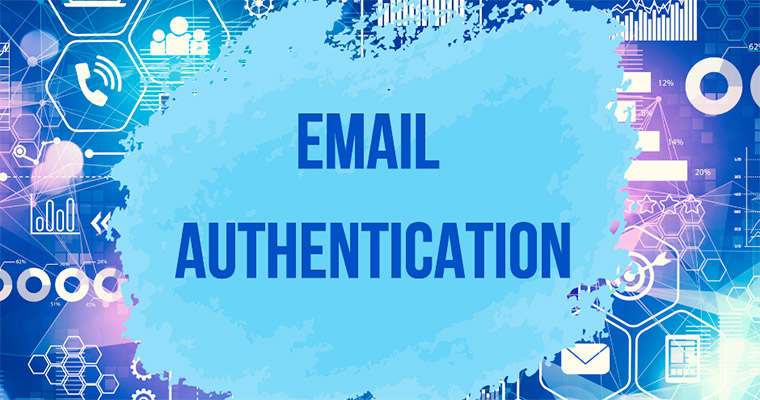In the fast-paced world of online retailing, email communication plays a critical role in building customer trust, marketing our products, and maintaining a strong online presence. However, with cyber threats on the rise, it’s essential to protect our business and our customers from phishing attacks and email fraud.
Email authentication is the key to ensuring our emails are trusted, secure, and delivered – not blocked. This is one of those topics that can make those of us less confident with technology – glaze over – but getting on top of it isn’t as hard as it seems.
At the bottom of this article – I’ve provided a link to an article I’ve found to be really helpful. It’s a fairly in-depth discussion of email authentication and how to implement it for your business. First, let’s start with an overview – before we dive into the deep end.
What is Email Authentication?
Email authentication is a set of protocols and mechanisms designed to verify the legitimacy of an email’s sender, ensuring that the recipient can trust the message. It helps prevent email spoofing, phishing, and other forms of email fraud. Proper email authentication is essential for several reasons:
- Builds Trust: When your customers receive emails with your brand name, they should have confidence that they are genuinely from your business.
- Deliverability: Internet Service Providers (ISPs) and email providers use authentication to determine whether an email should be delivered to the recipient’s inbox or spam folder.
- Security: Protects your business and your customers from email-based fraud and phishing attacks.
How to Implement Email Authentication for Your Small Business:
Sender Policy Framework (SPF):
SPF helps verify the sender’s IP address and domain. It enables the recipient to check if an incoming email is from an authorized server.
To set up SPF, create a DNS record that lists all authorized email servers for your domain.
DomainKeys Identified Mail (DKIM):
DKIM adds a digital signature to your outgoing emails, making it easier for the recipient’s server to verify the email’s authenticity.
- To implement DKIM, generate a pair of cryptographic keys (public and private) and publish the public key in your DNS records.
Domain-based Message Authentication, Reporting, and Conformance (DMARC):
DMARC builds upon SPF and DKIM by instructing the recipient’s server on how to handle unauthenticated emails. You can set policies for dealing with non-authenticated emails, such as marking them as spam or rejecting them.
- To set up DMARC, publish a DMARC record in your DNS. This record specifies your policy for handling unauthenticated emails and provides a reporting email address for feedback.
Use a Reputable Email Service Provider:
If you’re not confident in setting up SPF, DKIM, and DMARC on your own, consider using a reputable email service provider (ESP) that can assist you with email authentication. Many ESPs have built-in tools and support for authentication protocols.
Regularly Monitor and Update:
After implementing email authentication, regularly monitor your email authentication reports. Look for any issues or discrepancies and update your DNS records accordingly. Maintaining these records is vital for ensuring ongoing email security.
Educate Your Team:
Ensure your team understands the importance of email authentication. Train them to recognize phishing attempts and other email fraud and encourage them to follow security best practices.
Email authentication is an essential step for securing your online retail business and maintaining trust with your customers. By implementing SPF, DKIM, and DMARC, and using reputable email service providers, you can significantly reduce the risk of phishing attacks and other email-based fraud. Regular monitoring will help keep your email communications secure, ensuring that your customers continue to receive and trust your messages. Protecting your brand and customer trust is worth the investment in email authentication.
More information
For a deeper look at this topic: SPF, DKIM, DMARC: How Email Authentication Works




